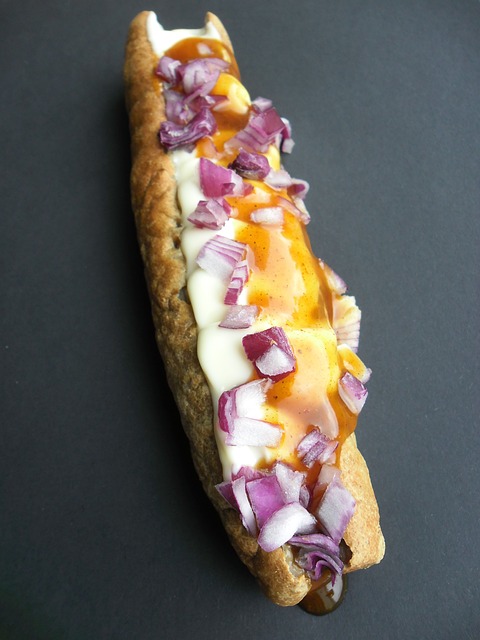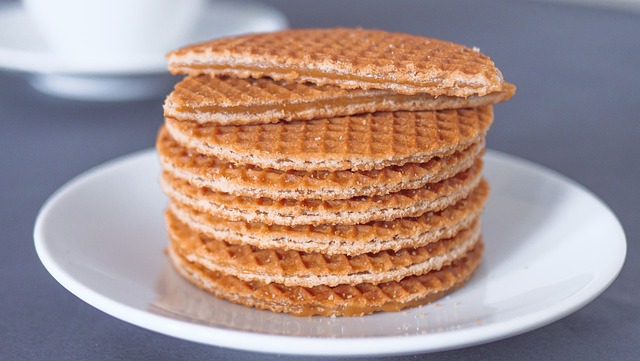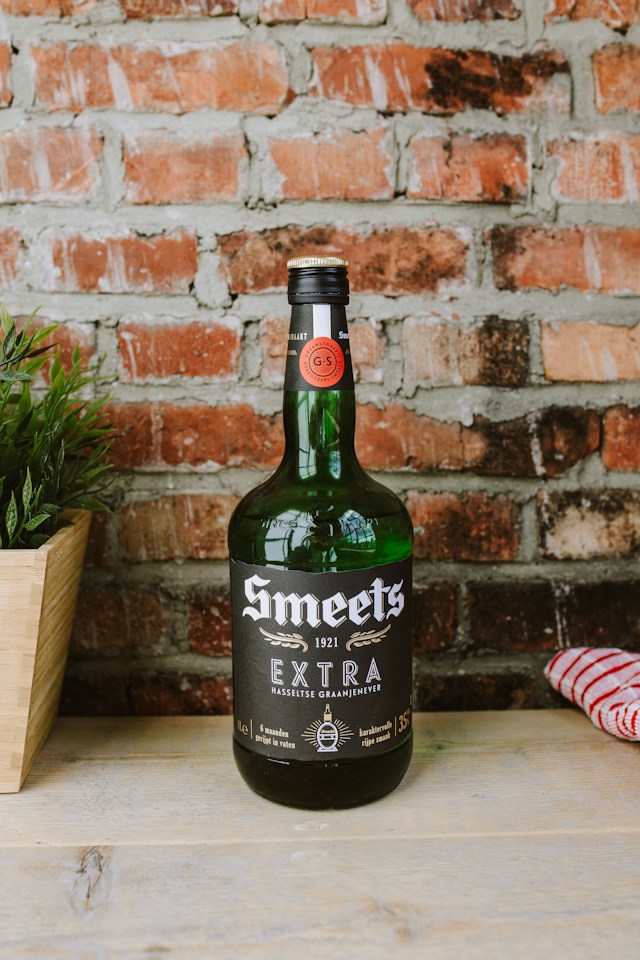Discover the Delightful World of Dutch Foods: A Taste of Tradition for Expats
The Netherlands boasts a culinary landscape as rich and diverse as its history. From the sizzling delight of frikandel to the sweet, caramel embrace of stroopwafel, Dutch foods offer a comforting taste of tradition that resonates with locals and expats alike. But what makes Dutch cuisine so uniquely captivating? Let’s embark on a flavorful journey to discover the essence of Dutch foods, where every bite tells a story of culture, history, and innovation.
Frikandel: A Dutch Delicacy Unveiled
What’s the story behind frikandel?
A beloved staple in Dutch snack bars and households, frikandel is more than just a deep-fried delicacy; it’s a culinary icon that epitomizes the simplicity and warmth of Dutch comfort food. But, ever wondered how this savory treat came to be a national favorite? Join us as we dive into the origins, evolution, and enduring appeal of frikandel.
Making and Enjoying Frikandel: A Guide for Expats
 The story of frikandel is as flavorful as the delicacy itself, tracing back to the mid-20th century when a Dutch butcher, seeking innovation in snack foods, combined minced meat with a blend of spices, creating the first prototype of what would become a national treasure. Unlike typical sausages, frikandel is skinless, a characteristic that sets it apart and adds to its unique texture and flavor. It’s a testament to Dutch ingenuity in culinary arts, evolving from a humble beginning to a staple in Dutch fast food culture. I am amsterdam has compiled a list of the best snackbars in Amsterdam.
The story of frikandel is as flavorful as the delicacy itself, tracing back to the mid-20th century when a Dutch butcher, seeking innovation in snack foods, combined minced meat with a blend of spices, creating the first prototype of what would become a national treasure. Unlike typical sausages, frikandel is skinless, a characteristic that sets it apart and adds to its unique texture and flavor. It’s a testament to Dutch ingenuity in culinary arts, evolving from a humble beginning to a staple in Dutch fast food culture. I am amsterdam has compiled a list of the best snackbars in Amsterdam.
The Evolution of Frikandel: A Culinary Journey
Over the decades, frikandel has undergone a fascinating evolution, both in how it’s made and how it’s served. Initially, it was a simple blend of pork, but today’s versions often include chicken and beef, catering to a broader range of palates. The method of serving frikandel has also seen creativity, from the classic “speciaal” style, topped with mayonnaise, curry ketchup, and diced onions, to being incorporated into gourmet dishes that fuse traditional Dutch flavors with international cuisines.
Making and Enjoying Frikandel: A Guide for Expats
For expats, the quest to recreate frikandel at home is more than a cooking endeavor—it’s a cultural immersion. The process involves finely grinding meat, mixing it with a blend of spices like nutmeg, pepper, and sometimes even a hint of clove, then shaping the mixture into its iconic cylindrical form before deep-frying to perfection. This homemade approach not only brings expats closer to Dutch culinary traditions but also offers a customizable experience, adjusting spices to suit personal tastes.
Cultural Significance and Modern Day Appreciation
Frikandel stands as a symbol of Dutch casual dining, often enjoyed at snack bars, festivals, and gatherings, embodying a sense of community and simplicity. Its popularity extends beyond the Netherlands, touching hearts in Belgium and parts of Germany, showcasing the unifying power of food. For expats, indulging in frikandel is not just about savoring a snack; it’s about participating in a tradition that has been bringing people together for generations.
Stroopwafel: A Sweet Symphony of Dutch Ingenuity
Unraveling the Sweetness of Stroopwafel
Imagine a treat that perfectly balances the crunch of freshly baked wafers with the gooey sweetness of caramel syrup. That’s stroopwafel for you—a confectionery masterpiece that has captured hearts worldwide. But how did this sweet symphony become synonymous with Dutch culinary pride? Let’s explore the storied past and present of stroopwafel.
Stroopwafel and Expats: Bridging Cultures with Every Bite
 For expats, indulging in a stroopwafel is more than a taste experience; it’s a bridge to understanding and appreciating Dutch culture. Learn how this humble treat has found its way into the hearts (and kitchens) of expats, serving as a comforting reminder of the universal language of sweetness and shared culinary delights.
For expats, indulging in a stroopwafel is more than a taste experience; it’s a bridge to understanding and appreciating Dutch culture. Learn how this humble treat has found its way into the hearts (and kitchens) of expats, serving as a comforting reminder of the universal language of sweetness and shared culinary delights.
Jenever: The Spirit of the Netherlands
Jenever: A Toast to Dutch Heritage
Often hailed as the precursor to gin, jenever is a distilled beverage that embodies the spirit of Dutch innovation and tradition. But what sets jenever apart from its global counterparts? We’ll uncover the history, varieties, and cultural significance of jenever, offering expats a guide to enjoying this quintessential Dutch spirit. You can actually visit a Jenever museum in Schiedam.
Crafting Cocktails with Jenever: An Expat’s Guide

Jenever’s roots can be traced back to the 16th century, making it one of the oldest distilled spirits in the world. Originally used as a medicinal elixir, jenever has evolved into a celebrated Dutch spirit, enjoyed in both its jonge (young) and oude (old) forms, which refer not to aging but to distillation methods and ingredients. This spirit embodies the Dutch spirit of innovation, with its production methods adapting over centuries while still maintaining a strong connection to its historical origins.
Understanding Jenever: Varieties and Distillation Techniques
Jenever is distinguished by its two main varieties: jonge jenever, which is lighter and more akin to modern gin, and oude jenever, which is smoother, with a more pronounced malt wine base, giving it a complexity that connoisseurs appreciate. The distillation process of jenever is an art form, combining malt wine, herbs, and juniper berries to create a flavor profile that is both unique and quintessentially Dutch. This process, refined over centuries, showcases the Dutch mastery of distillation and their commitment to quality.
Crafting Cocktails with Jenever: An Expat’s Guide
Introducing jenever into your cocktail repertoire can transform your beverage experience, offering a touch of Dutch tradition to your creations. From the classic Dutch courage cocktail, blending jenever with lemon and sugar, to more contemporary concoctions that incorporate tonic water, herbs, and fruits, jenever provides a versatile base for experimentation. For expats, crafting cocktails with jenever is not only an opportunity to explore this traditional spirit but also a way to share a piece of Dutch culture with friends and family.
Jenever’s Role in Dutch Society and Beyond
In the Netherlands, jenever is more than just a beverage; it’s a cultural icon, integral to social gatherings and celebrations. Its consumption is often accompanied by ritual, such as the traditional ‘kopstootje’ or ‘headbutt’, where a glass of jenever is sipped without using hands, followed by a beer chaser. This tradition highlights the Dutch approach to enjoying life’s simple pleasures, inviting expats to partake in customs that have been cherished for generations.
Jenever’s appeal extends beyond the borders of the Netherlands, with its unique flavor profile and rich history capturing the interest of spirit enthusiasts worldwide. Its global recognition is a testament to the enduring charm of Dutch culinary heritage, making jenever a proud ambassador of the Netherlands’ gastronomic legacy.
Embrace the taste, embrace the tradition, and let Dutch foods be your guide to a richer expat experience.